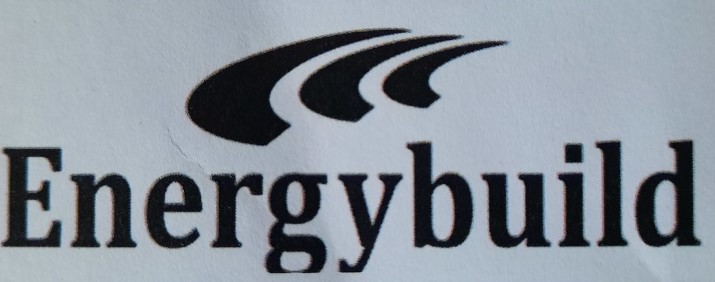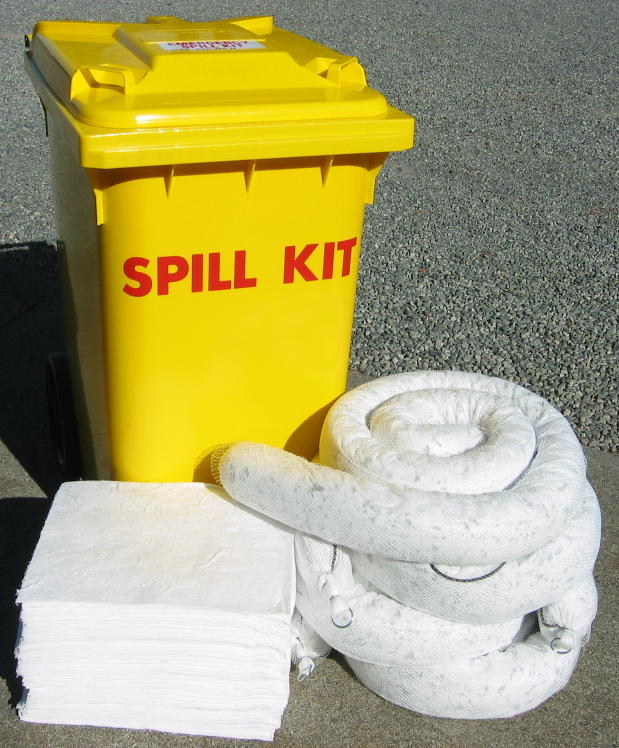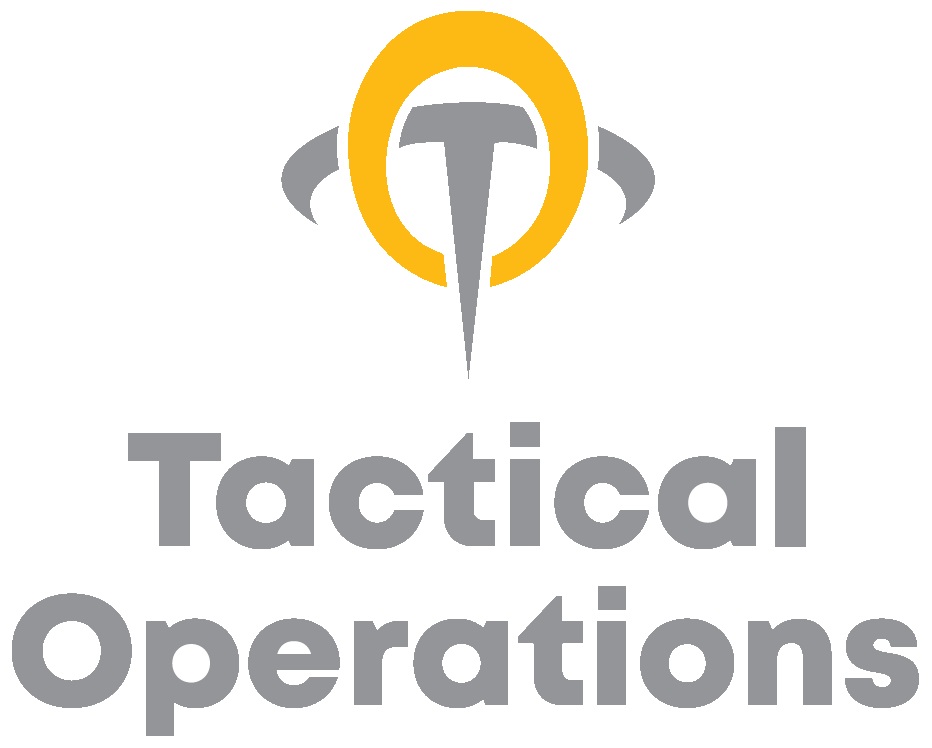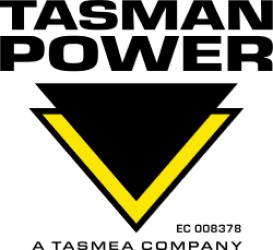Title Page
-
Aberpergwm Mine
-
Conducted on
-
Prepared by
-
Mine Control Room
MG 1. Operate Safely in Mining Environment.
-
Can the candidate identify hazards associated with the workplace and record and report in accordance with organisational procedure?
-
Does the candidate comply with all workplace safety legislation requirements at all times?
-
Does the candidate operate safely in the work environment and comply with organisational operating arrangements and approved procedures?
-
Can the candidate comply with all emergency procedures in accordance with organisational policy?
-
Can the candidate respond to incidents and emergencies?
MG 2. Conform to Efficient Working Practices in the Workplace.
-
Can the candidate communicate with relevant people to ensure that the work is carried out efficiently.
-
Can the candidate follow organisational procedures to maintain good work relationships.
-
Can the candidate work with others to complete work activities.
-
Can the candidate maintain appropriate records in accordance with the organisational procedures.
-
Do the candidate know the lines of authority in the mine.
-
Can the candidate identify the methods of communication in the mine.
-
Can the candidate work as a productive member of a team.
-
Do the candidate understand the organisational policies or procedures appropriate to their work.
-
Do the candidate understand the allocation and sequencing of work in the mine?
-
Do the candidate understand the methods of work in the mine?
-
Do the candidate understand the use of resources at the mine.(i.e. stopping of conveyors to save energy costs when not in use) ?
-
Are the standards of behaviour of an acceptable standard?.
-
Can the candidate complete reports to a standard acceptable to the Company?.
-
Does the candidate understand the documentation related to their work activity?
MG 53. Carrying out Production or Processing Control Room Operations.
-
Check the operation of all monitoring and communications equipment.
-
Can the candidate identify faulty equipment.
-
Can the candidate monitor operations.
-
Can the candidate report performance according to organisational requirements and procedures.
-
Can the candidate respond to identified problems or emergencies according to organisational procedures.
-
Do the candidate know the purpose and operation of all the control room monitoring and communications equipment?
-
Can the candidate identify the location of any monitoring equipment or sensors in the operational cycle?
-
Does the candidate know the organisational procedures when equipment is not working correctly?
-
Can the candidate respond to routine operations, problem situations and emergency situations?
-
Can the candidate respond to organisational communications procedures in: Routine operations and emergency situations?
-
Can the candidate identify the types of problems that monitoring can detect, and the potential impact of the problems?
-
Does the candidate know the chain of command in emergency situations?
-
Does the candidate know the limits of his own responsibility?
Mine Specific. (The candidate must demonstrate the following)
-
Operation of telephone system. (Calls received/transmitted efficiently)
-
Emergency procedure. (Use of Emergency call out list and procedures)
-
Use of Davis Derby Tannoy system. (Practical use of key board and communication skills)
-
Sequencing of conveyors. (Ensuring conveyors are started in sequence)
-
Emergency warning AUSDAC. (Highlight all channels, press EVAC for 15 secs and log response from underground)
-
Taking work reports. (Listen to, take notes and complete report)
-
Reporting Procedures. (Reports given / received to appropriate persons)
-
Barometer readings and procedure for a sharp drop. (Each Shift read, record and convey information)
-
Monitor the underground environment. (Visual monitoring with suitable response to alarms)
- Yes
- No
- N/A
-
Monitor underground equipment. (Visual monitoring with suitable response to Alarms)
- Yes
- No
- N/A
-
Start / Stop underground equipment. (Use of SCADA system)
-
Authorised key issue and return procedure. (Issue and Log entry of Authorised users)
-
Prioritising hazards. (Ensure the most important hazard is given the highest priority)
Sign Off.
-
Sign Candidate.
-
Sign Trainer.
-
Sign Assessor.
Untitled Page












